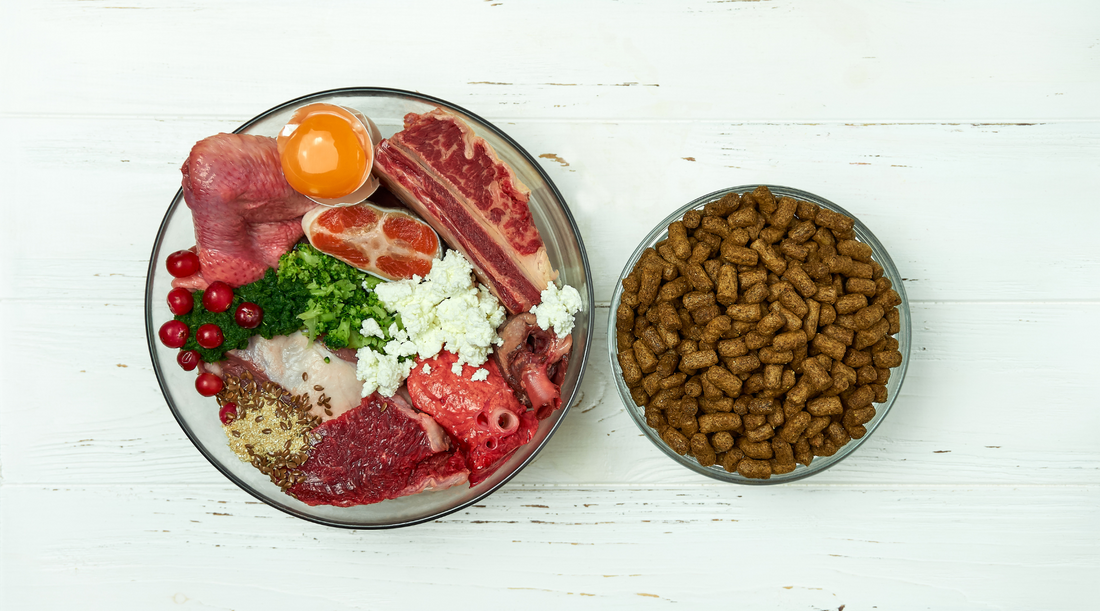
The Ultimate Guide to Natural Dog Food: Benefits and What to Look For.
Welcome to the comprehensive guide on natural dog food, a topic gaining traction among pet owners who wish to provide their furry friends with healthier and more sustainable dietary options. As pet owners increasingly focus on quality nutrition, understanding the benefits of natural dog food and what to look for when choosing these products is crucial. This guide is designed to help you navigate the complex world of pet food and make informed decisions that contribute to the health and happiness of your pet.
Table of Contents
- Introduction to Natural Dog Food
- Benefits of Natural Dog Food
- Key Ingredients to Look For
- Reading and Understanding Labels
- Common Misconceptions
- Top Tips for Transitioning to Natural Dog Food
- Conclusion
1. Introduction to Natural Dog Food
Natural dog food focuses on being as close to the original biological makeup of a dog’s ancestral diet as possible, using minimal artificial substances and processing. The term "natural" isn't just a buzzword; it signifies a commitment to ingredients that come from nature, rather than being synthesized in a lab.
2. Benefits of Natural Dog Food
Improved Digestion: Natural foods are often easier on a dog’s digestive system. Ingredients like whole meats, vegetables, and grains are more digestible than processed counterparts.
Enhanced Energy Levels: High-quality, natural ingredients can contribute to more stable and sustainable energy levels throughout the day.
Better Coat and Skin Health: Natural oils and nutrients from whole food sources can promote a shinier coat and healthier skin.
Overall Health and Longevity: Feeding natural foods can contribute to a stronger immune system and potentially reduce the risk of chronic diseases, leading to a longer, healthier life.
3. Key Ingredients to Look For
Proteins: Look for whole protein sources like chicken, beef, or fish as the first ingredient. Avoid meat by-products.
Carbohydrates: Whole grains, like brown rice and barley, or grain-free options like sweet potatoes, are excellent sources of energy.
Fats: Natural fats and oils are vital for energy and coat health. Look for named fat sources like chicken fat or salmon oil.
Vitamins and Minerals: These should come from natural sources like fruits, vegetables, and herbs, not as isolated supplements.
4. Reading and Understanding Labels
Ingredient List: Ingredients are listed by weight. Quality dog foods list high-quality proteins and valuable carbohydrates within the first few ingredients.
Guaranteed Analysis: This breakdown shows minimum percentages of protein and fat, along with maximum percentages of fiber and moisture.
Certifications: Look for certifications that might indicate higher quality, such as organic, non-GMO, or made with locally sourced ingredients.
5. Common Misconceptions
Expensive Equals Quality: Not necessarily. Some brands use "natural" as a marketing tool without substantial quality backing.
All Natural Foods Are the Same: The quality and source of ingredients can vary greatly, so it’s important to do your research.
6. Top Tips for Transitioning to Natural Dog Food
Gradual Transition: Start by mixing a small amount of natural food with your dog’s current food, gradually increasing the proportion over several weeks.
Monitor Your Dog's Response: Pay attention to your dog's energy levels, coat, weight, and general wellbeing as you transition.
Consult Your Veterinarian: Always discuss dietary changes with your vet, especially if your dog has specific health concerns.
7. Conclusion
Switching to natural dog food can be a transformative step in managing your dog’s health and wellness. By understanding what to look for and how to make informed choices, you can significantly enhance your dog’s quality of life. Remember, each dog is unique, so finding the right diet might require some experimentation and adaptation.
